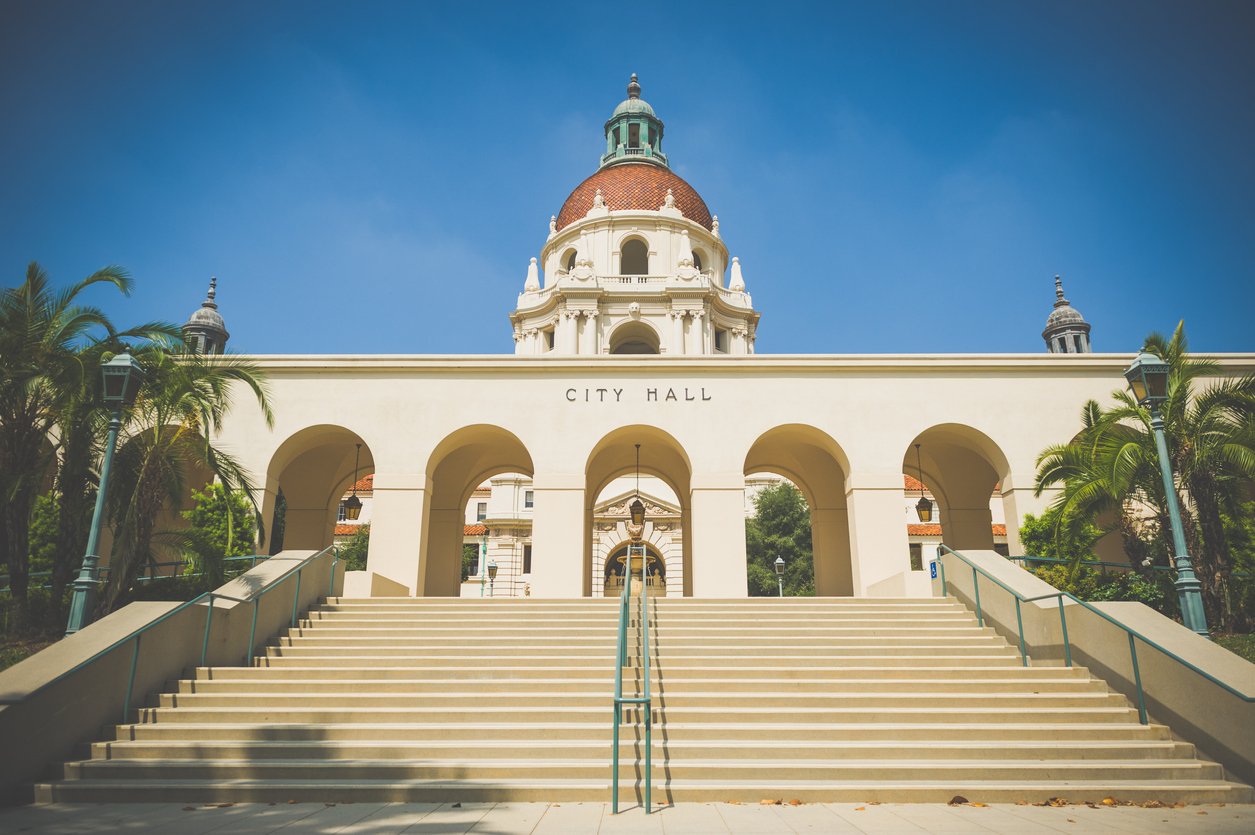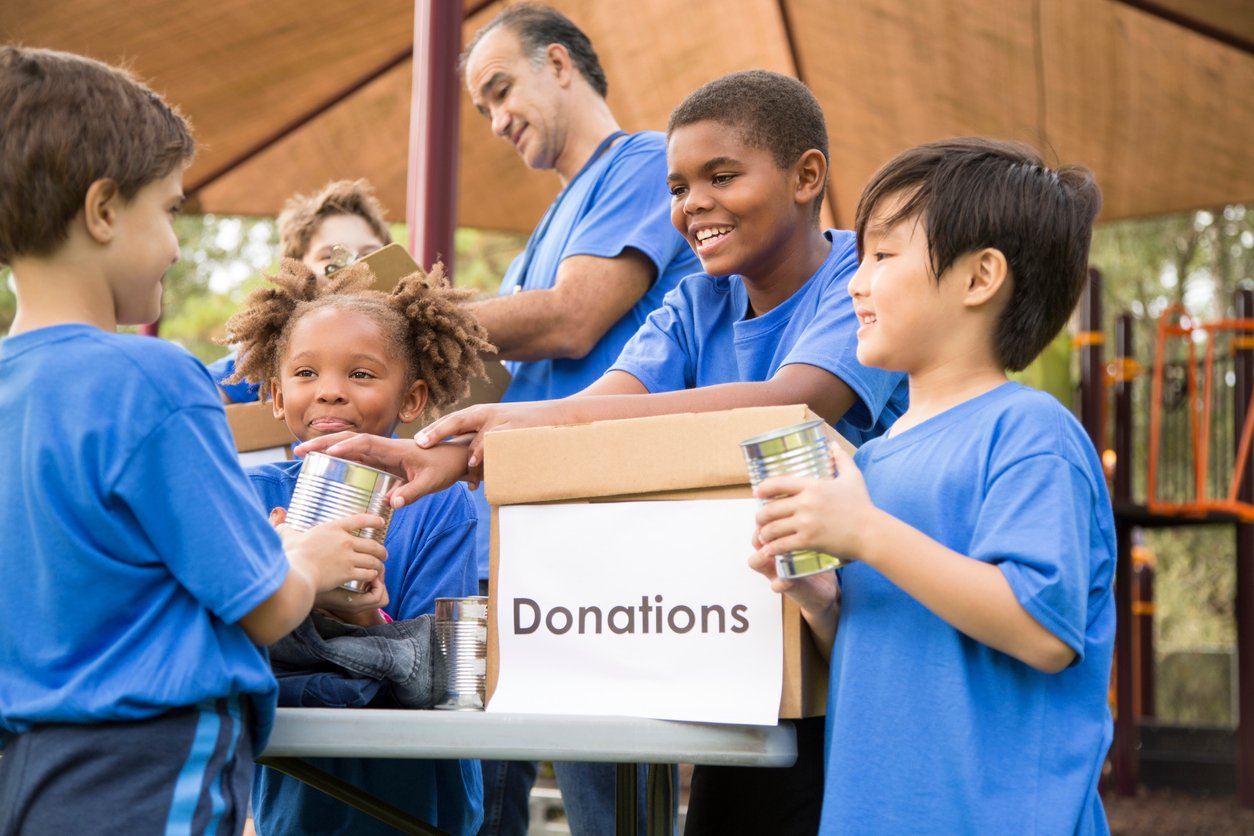
Participatory citizenship is the act of citizens actively participating through community and political life to build a democracy that respects human rights. Currently, members and allies of the Black Lives Matter movement are partaking in their First Amendment right to protest, aiming to enact change for police reform and civil rights, which offers a unique teaching opportunity to encourage active citizenship. How can we find other ways to help our students understand the importance of becoming an active citizen today?
Preparing students to participate in the political, social, and economic affairs of our democracy is no easy task. Teachers must provide opportunities for students to go beyond the simple acquisition of facts and figures. Their social studies curriculum must offer situations where students use what they know to reason, analyze, create, and evaluate the world around them. Fostering students who are participatory citizens in a modern, ever-changing society requires a social studies program with citizenship and civic education at its heart. Active citizenship must be made a regular part of the curriculum to help students establish a sense of personal responsibility and accountability that forms the foundation to participate in public life as adults.
Building community relationships is a key factor. Within our social studies lessons, students must see real-world connections between community resources and participatory citizenship. To build a curriculum that utilizes and integrates community resources in the classrooms, focus on three social studies themes from the National Council for the Social Studies standards:
- Global connections. The realities of global interdependence require an understanding of the increasingly important and diverse global connections among world societies.
- Civic ideals and practices. An understanding of civic ideals and practices is critical to full participation in society and is an essential component of education for citizenship.
- Individual groups and institutions. Institutions such as families and civic, educational
Source: istock.com/Qvasimodo
Global Connections
Today, with modern technological advances, communication is tied together, and the world is becoming smaller and smaller. Students must have the opportunity to build global connections through forms of multimedia, world trade, and technology.
To foster global connections, students can establish pen pals through social media with students in other countries. Teachers can reach out to schools abroad and connect their students via Zoom meetings, social media interaction, or email so students can compare and contrast society, education, culture, food, etc.
Another way to foster a global connection is through assembling custom boxes. This is a project-based learning idea where students research a given country, ideally one that trades with the United States, and create a box that answers the following questions:
- Does the United States export/import goods to the country?
- If so, what are those goods, and how do they support the economy of the United States and the country the student researched?
Students then secure artifacts to demonstrate the answers to the questions, like spices, vegetables, clothing, etc., to tell the story of what is traded between the two countries. The boxes can be leveled for each grade in elementary, middle, and high school. This will help students to understand globalization through research about trade, embargo, import, export, and tariffs in their chosen country.
 Source: istock.com/Wenbin
Source: istock.com/Wenbin
Civic Ideas
Building active citizens involves a level of civic duty. Exposing students to organizations that focus on their duties and rights as citizens will help students garner the ideals needed to support a democratic society.
I recommend taking a field trip to the post office or a civil service government office, either of which offers tours. This can help students understand how government offices work and the importance of participatory citizenship in our country. Students will also learn to value the various government officials who work in and take care of their community.
When you bridge community resources and social studies together, you help students see and understand the importance of connections to others and how it helps us survive as human beings on this earth.

Source: istock.com/fstop123
Individuals, Groups, and Institutions
Community is an integral part of helping students to grasp the concept of social studies. Institutions are the formal and informal political, economic, and social organizations that help us carry out and manage our daily affairs. How do we demonstrate to our students that these tenets are an integral part of preparing them for society?
A civic-minded social studies classroom aims to expose students to individuals, groups, and institutions that influence their communities. Utilize classroom speakers to give students a primary source for a historic event or holiday. Commemorate Veterans Day by inviting a veteran from the Vietnam War to come speak to your classroom about their experience.
Teachers can also secure support from civic groups such as the local Lions Club, Rotary Club, or Masonic temple. These organizations support global efforts of volunteerism for causes that affect humanity, including childhood cancer, diabetes, homelessness, and the environment. Encourage a speaker from this organization to share the various benefits of volunteering, and support giving back. Take it one step further and have your classroom organize a fundraiser for one of the local causes the civic group supports.
Another volunteer service to support students is Junior Achievement. The Junior Achievement Corporation supports elementary, middle, and high school students with a learning program that focuses on financial literacy. Our national monetary institution is built on finance in this country, and the best way to understand how this institution works is to have students participate interactively in a simulation that helps them learn how to manage a daily budget.
The public library is another great community resource for primary sources of information. In addition to books, author talks, and technology lessons, local public libraries offer a plethora of speakers on varying topics that can be utilized as first-person accounts for historical events. Check your local library for forums held by senators, representatives, and local city government officials. Most importantly, students will build their knowledge base about participatory citizenship and their civic duty to humanity.
Conclusion
The trifecta relationship among these social studies tenets aims to help students develop the skills necessary for active citizenship within modern society. Developing these skills through community resources, activities, and participation can help our students understand the development of social studies in our environment and why the knowledge of civics, citizenship, and democracy is necessary to build active, engaged citizens.
Seeking more skill-building resources?
Sign up to receive a free trial of Active Classroom
Sheree Turner, Ph.D. is a Master Teacher Leader in an urban school district in Atlanta and a 27-year veteran educator specializing in English language arts (ELA) and social studies. Dr. Turner is also an adjunct professor with University of Phoenix in the School of Education graduate studies. She is certified in middle grades social studies, gifted-learner endorsed, and reading endorsed. Her area of interest is ensuring social studies does not become extinct in the 21st century classroom.
